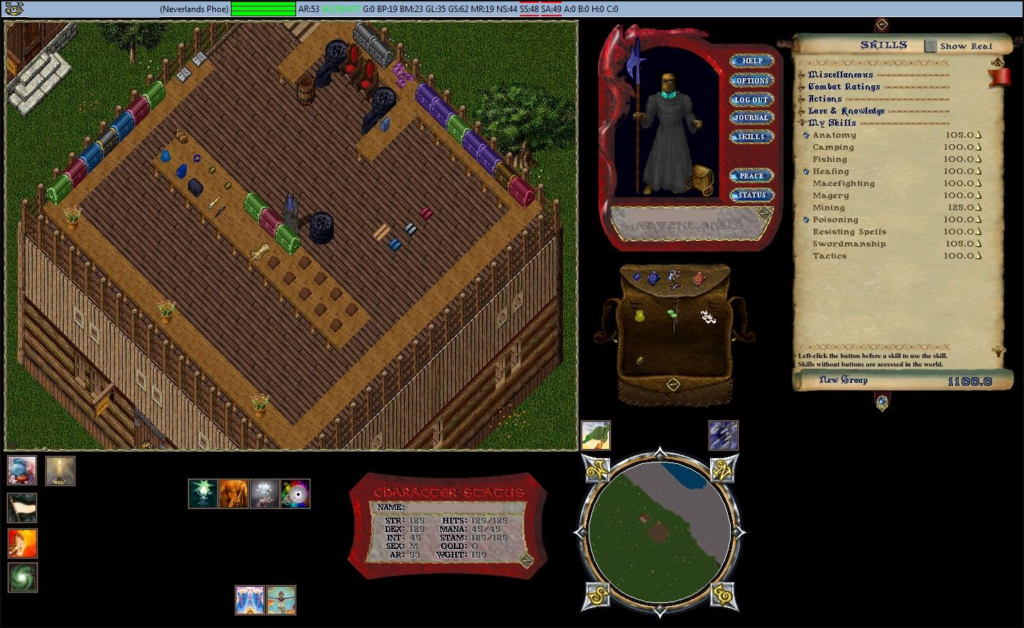A lot of skilled entrepreneurs (skilled entrepreneur = very talented seller) are convincing investors with promises of huge returns on investments coming from concepts that, on the contrary, are demonstrating to be not so appealing to the people. I am talking about metaverse, web3, play-to-earn, gamified economies and so on.
The dream of creating the perfect mousetrap where people come from all over the World to watch ads and spend many hours per day will remain a dream. It comes, in my opinion, from a huge misunderstanding of how games as a service work.
The reality is that is becoming harder and harder to create the right experience for the people. Usually it comes with a great gameplay, usually is multiplatform and usually has no barrier to start. But, I mean, there are a lot of concepts to try out that may actually work. And nothing so fancy, something very simple.
Think in Among Us and its big success during the pandemic. Think in Bit Life, a game made just with text that breaks all the best practices of f2p.
Games like those cannot be proposed to investors, because one has to be honest. One should admit that we know very little things about the future of our industry. The things we know for sure are:
- We need to create more value for the Players
- We need to think in a vast geographies, not just rich countries
- We need more talent to join the industry
Is it possible to really sell this idea to an investor? Is it really possible in an environment where too often we hear words like “growth” before of even write the first line of code?





